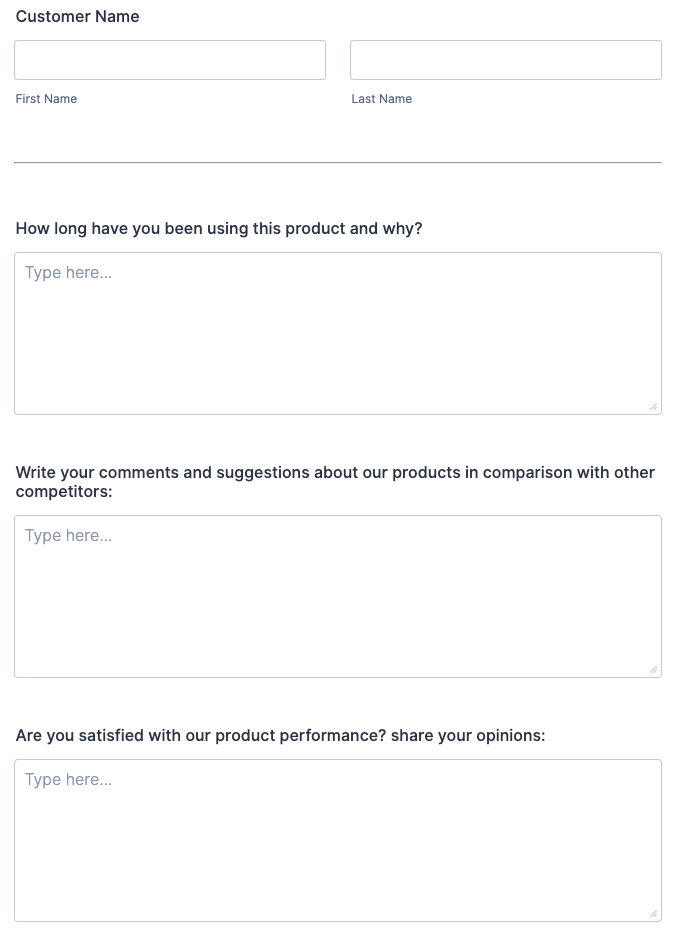Concept testing is the process of determining whether there’s a market for a new product or service. The significance of getting concept testing right can’t be overstated, as introducing new products and services is a fraught enterprise.
According to McKinsey & Company, only 50 percent of new product launches are successful. That overall percentage actually overstates the chances of success, since it averages in industries that often succeed (notably pharmaceuticals) with those that have astronomical failure rates (think new snack foods).
When you conduct concept testing, you admit that while you believe you’re bringing something great that people will want to the market, you don’t really know if your customers will buy it. The concept testing process requires an open mind and a willingness to accept what you learn, especially if it contradicts what you think of your new product. It’s always better to learn whether a product has a market before you go into full production.
Why do product concept testing?
The single most important purpose of product concept testing is to make certain there really is a market for your idea or service. The investment required to bring something new to market is much too high in money, time, and opportunity to simply go with a hunch.
Concept testing can also reveal how to improve on a good initial idea. You need to know if what you’re offering over-solves the customer’s problem, adding cost or complexity without perceivable value. The reverse can also be true. Surveying your customers will give you insights into their needs and how you can tweak your offering to help in ways you may not have considered.
Successful product launches require buy-in and motivated cooperation from the entire company. Concept testing can convince skeptics that the project is genuinely a good move for the company and merits their wholehearted support.
What aspects of a product can you concept test?
Product concept testing is more than eating a sample food at the grocery store or test-driving a car. While it’s important to get reactions to the actual product from your target customers, concept testing can guide the design of the packaging, the logo, the marketing message, and even the final name of the product.
The single most important purpose of product concept testing is to determine if the people you think will value your product enough to buy it really do. No matter how delicious you believe your secret family cookie is, have some people taste it before you build a bakery.
A great product is crucial to acquiring repeat customers. Getting the initial sales to begin the momentum requires an appealing name and logo, and the right package design with the right color scheme. Concept testing your marketing campaign is the surest way of determining whether your proposed campaign will prompt potential customers to explore and buy.
The time invested in concept testing the pricing, naming, logo, and packaging of a new product pays dividends — whatever the result. You may find that your project doesn’t have any real appeal or that you can boost sales of a good product with better marketing. Either way, you come out ahead.
Design and execution of product concept testing
Concept testing is like a science experiment. You begin with a hypothesis — or several interlocking hypotheses. What’s the purpose of the new product or service? Why do you believe it’s better than what your competition offers? How is it better than what you already have on the market? What feature will customers notice and value? Have you researched your ideal customer? How price sensitive is your customer?
Only customers, both existing and potential, have the answers to the critical questions you’ll have when shaping your new product or service and the marketing plan for its rollout.
Listening is your superpower
Concept testing isn’t abstract. It requires asking your customers — and people who you need to become your customers to grow your company — what they think of your newest product or service, and listening to what they tell you.
There are many ways to engage people with concept testing. You can efficiently survey your existing customers using a Jotform survey template to collect and tabulate their answers. This product survey template is a good way to start to organize what you need to ask and keep track of the replies. You can also circulate a questionnaire, perhaps with an incentive to encourage replies.
Arguably, the most famous product launch failure in history was the Ford Edsel. Business myth attributes the failure of the Edsel to a fixation by designers on polling and focus groups. The truth is exactly the opposite.
Ford did conduct an immense amount of research, but the company largely ignored it. One of the most widely researched questions was the naming of the car. The chairman of Ford ultimately discarded the research and named the car for his eldest son. As a result, “Edsel” is synonymous with product failure on the grandest scale.
The wisest business leaders are the most humble. They are acutely aware of what they don’t know, and they do know that they get the most reliable answers by talking to their customers. Ultimately, that’s what product concept testing is all about.















Send Comment: